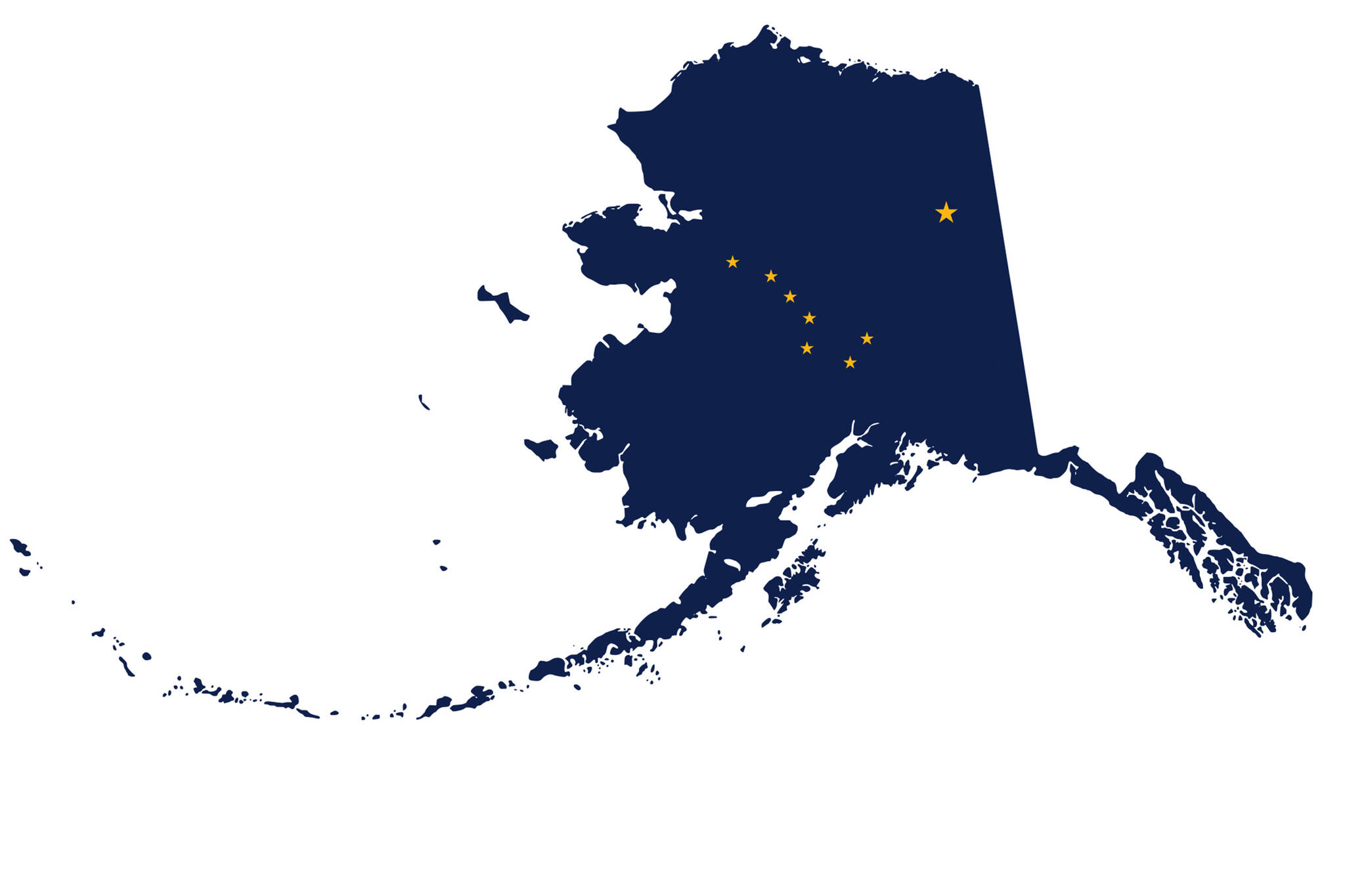By Dave Bronson
When I came into office, resolving the homelessness crisis in Anchorage was my No. 1 priority. However, as my team and I assessed the dire situation at the Port of Alaska (PoA), it became quite clear that rebuilding and modernizing the port had to become the chief focus of my administration.
I know Anchorage residents, and folks across our state, have heard about problems at the port for many years. I’m not here to talk about past issues, mistakes made, or score any political points. I am focused on the future, ensuring food security for our state, and rebuilding our great Port of Alaska.
The PoA is the single most important piece of infrastructure in our state. Yes, we have the trans-Alaska pipeline system, world-class mines, the Ted Stevens Anchorage International Airport, and other critical infrastructure that support commerce throughout our state. But without the Port of Alaska, none of these would be possible.
Why is the port so essential to our economy and way of life as Alaskans? Here are a few pieces of information to consider when thinking about the Port of Alaska:
90% of Alaskans depend on goods handled by the PoA
50% of all cargo shipped into Alaska crosses the PoA
Annually, the PoA supports $14 billion worth of economic activity
It’s the only functioning tsunami-proof port in Alaska
80% of cement used in Alaska crosses the PoA
All aviation gas for the state comes through the PoA
Unfortunately, the PoA is in dire need of significant repair and upgrades. Right now, 1,400 pilings supporting port structures are considered seismically unstable. Approximately 1,000 of those piles were reinforced with jackets in the past, but those repairs are nearing the end of their useful life. Cook Inlet’s harsh environment is rapidly corroding the piles and jackets. Recent engineering analysis indicates the docks may only have six to eight years left of remaining life before vertical load capacity restrictions would have to be imposed.
The 7.1 magnitude earthquake that struck Southcentral in 2018 caused extensive damage to the PoA. As a result of that quake, 20% of the pilings at our newest dock — built in 1974 — failed.
The 2018 quake lasted 38 seconds. Some experts have informed us that, had it continued for another seven seconds, widespread liquefaction could have occurred, possibly leading to a total failure and collapse of one or more of the port docks. Liquefaction occurs during an earthquake when the soil is shaken and mixed with enough water that it essentially becomes liquid, leaving it unable to support the dock.
It is hard to underestimate the destruction that losing the PoA would cause for our state. Roughly 90% of the food we consume in Alaska is imported, the majority coming across the PoA. On average, grocery stores have fewer than six days of food on hand. If we lose the PoA in an earthquake, and Matson and TOTE are unable to offload their ships, no food will be available in a matter of days. A society without food cannot function. Every household and business from Anchorage, to Bethel, to Kodiak, to the North Slope oil fields would be impacted if the port fails.
Some have said that we could simply truck or fly in our food and supplies. This simply won’t be practical. More than 700 747 cargo jets would be needed on a weekly basis to replace the food and goods that cross the PoA. As a former cargo pilot, I can tell you there aren’t enough idle jets in the world to fill that gap.
I know this is a stark picture to paint. I was just as concerned as you likely are when I learned of this situation. The time for addressing this problem is now. We cannot wait until a disaster happens to talk about fixing the port.
The good news is that we have a broadly supported plan and vision for how to fix the PoA and get us to what I call food security for Alaska. There are two cargo docks at the PoA. Food security requires we have one seismically resilient dock that can offload goods and supplies like clockwork. Currently, we don’t have food security as both docks are seismically unstable.
The technology exists for us to construct seismically resilient cargo docks. The Petroleum and Cement Terminal, which will be fully completed this spring, withstood the 2018 earthquake by utilizing modern engineering technology and design. Our plan for the cargo docks will mimic this same design and technology.
The entire Port of Alaska Modernization Program is a $1.6 to 1.8 billion construction project. To get us to food security, which is one seismically resilient dock, we need $600 million.
The Municipality of Anchorage is requesting $600 million from the State of Alaska to rebuild PoA cargo dock #1. The assembly and port users are supportive of our plan. Recently, the assembly and I approved a $165 million revenue bond to support this project. We have skin in the game; I am asking the Legislature and Gov. Mike Dunleavy to join in our efforts.
The people of Anchorage cannot do this alone. Alaskans must come together to fix the port once and for all. Our economy depends on it. Our way of life depends on it. We must save the port.
Dave Bronson is the mayor of Anchorage.

